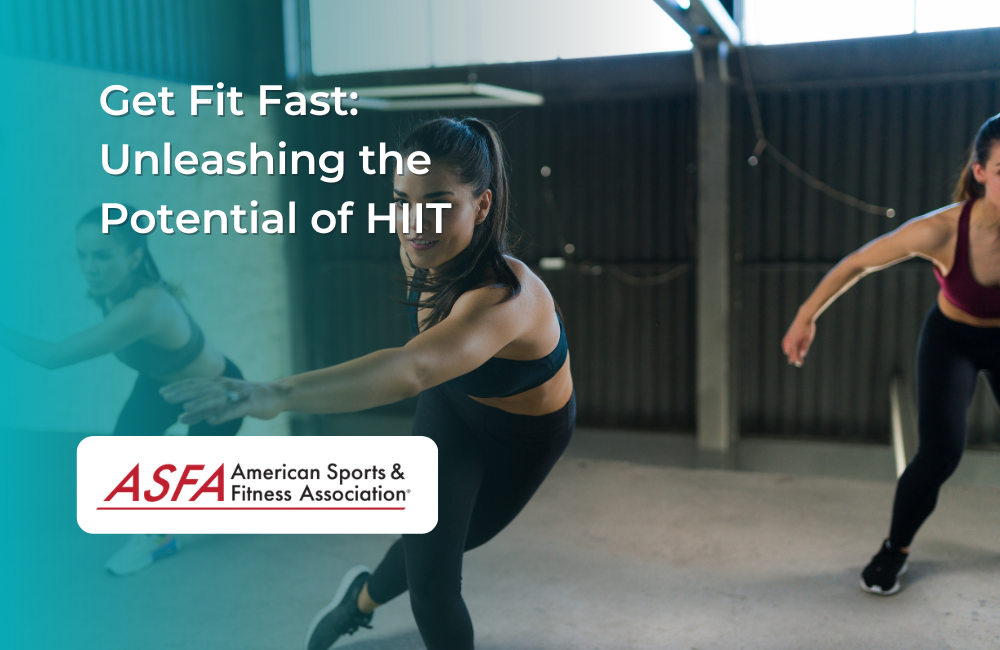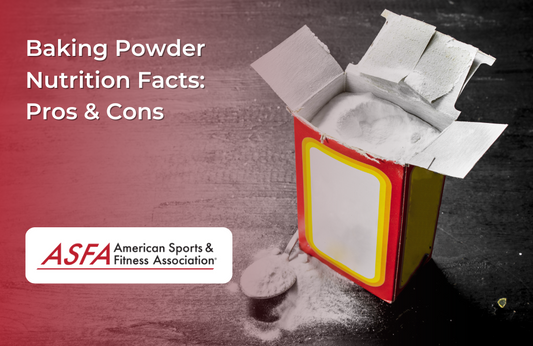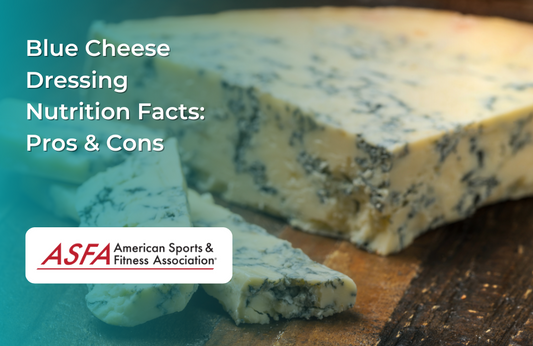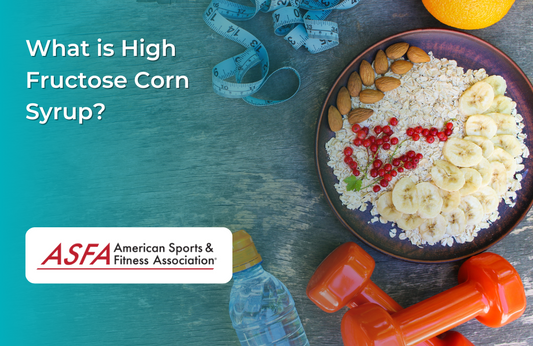High-intensity interval training (HIIT) is a popular way to burn fat and get fit fast. The idea is simple: you do short bursts of high-intensity exercise followed by rest periods. It's an efficient way to get results quickly, but it's not for everyone. If you have normal joint mobility or any health conditions—like heart disease or asthma—and want to try HIIT, start slow and consult your doctor first.
The benefits of high-intensity interval training (HIIT) are well known.
HIIT is a great way to burn fat, build muscle, and improve your cardiovascular fitness and mental health.
High-intensity interval training (HIIT) has been proven time and again as one of the most effective ways of losing weight and getting fit quickly. It's no secret that we all want our bodies back in shape after holiday indulgences but not everyone has time for hours spent in the gym every week. With HIIT however, you can achieve noticeable results with just 30 minutes of exercise per session - which means more time for doing other things!
The latest research confirms that you can get similar results from low-intensity workouts.
The latest research confirms that you can get similar results from low-intensity workouts. Low-intensity cardio is great for beginners, but HIIT has its place in the fitness world as well. It's especially useful for people who want to maintain their fitness level and be able to do a workout anywhere at any time--the kind of person who needs a quick fix before they head out the door or after work.
HIIT workouts also tend to burn more calories than other forms of exercise because they require more energy expenditure during the actual exercise session (and even afterward). In fact, one study found that 30 minutes of high-intensity interval training burned twice as many calories compared with 60 minutes of moderate-intensity continuous training!
HIIT works because it targets your fast-twitch muscle fibers.
Fast-twitch muscle fibers are responsible for explosive movements and heavy lifting. They're also the type of muscle fiber that responds best to high-intensity interval training (HIIT).
The reason HIIT works so well is that it activates these fast-twitch fibers, which can then be trained over time to become more efficient at burning fat and building strength--all while you're still doing cardio!
When you perform a high-intensity exercise like sprinting or jumping rope, your body needs fuel to keep going. This means that even though you're working out hard enough to break down some glycogen stores in your muscles, they'll still need some additional energy from somewhere else--and that's where the fat comes into play.
High-intensity exercise may burn more fat than moderate exercise, and this is good news for anyone trying to lose weight.
HIIT is better than moderate exercise at burning fat.
Studies have shown that high-intensity interval training (HIIT) is more effective at burning calories per minute than low-intensity steady-state cardio, which means you can get a lot more bang for your buck in the gym. One study found that participants burned an average of 150% more fat during high-intensity workouts compared to when they were doing low-intensity steady-state cardio.
It's also important to note that HIIT strengthens your heart and improves cardiovascular health overall. This not only helps you feel better physically but also reduces your risk for disease and other health complications later in life! Furthermore, research shows that people who engage in regular intense activity have lower blood pressure than those who don't exercise regularly at all or stick exclusively to less intense forms of physical activity such as walking on flat surfaces indoors or outside at slow speeds without any hills involved anywhere nearby.
If you're new to HIIT, start slowly.
If you're new to HIIT, start slowly. Start with a warm-up and then do each exercise for 30 seconds at a time with 10 seconds of rest between each one. Repeat the circuit three times for a total of 15 minutes of exercise (or less if that's all the time you have).
When lifting weights, make sure to have someone spot for you so they can help keep an eye on how much weight is being lifted safely and give assistance when necessary. Also remember that it's important not to overdo it in your first few sessions--if at any point during or after your workout session feels painful or uncomfortable, stop immediately!
A workout that's short and intense can give you great results if you learn how to do it right, especially if you add resistance training to your routine.
HIIT is a great workout for people who are new to exercise. It's also a good option for those who only have limited time, or who don't have access to gym equipment.
HIIT workouts can be combined with resistance training (like lifting weights). For example You could do 30 seconds on an elliptical machine at maximum speed followed by 30 seconds of rest; then repeat this cycle 5 times. Or you could do squats and lunges while holding dumbbells in each hand; perform 20 repetitions on each leg for 2 sets total (40 repetitions total).
Conclusion
In conclusion, High-Intensity Interval Training (HIIT) is a powerful and efficient way to get fit fast. Its unique combination of short bursts of intense exercise followed by brief recovery periods maximizes calorie burn and boosts cardiovascular fitness. The versatility of HIIT allows for a variety of exercises, making it accessible to people of all fitness levels. By incorporating HIIT into your fitness routine, you can unlock your potential and achieve remarkable results in a shorter amount of time. So, don't wait any longer—dive into HIIT and unleash your fitness potential today!




